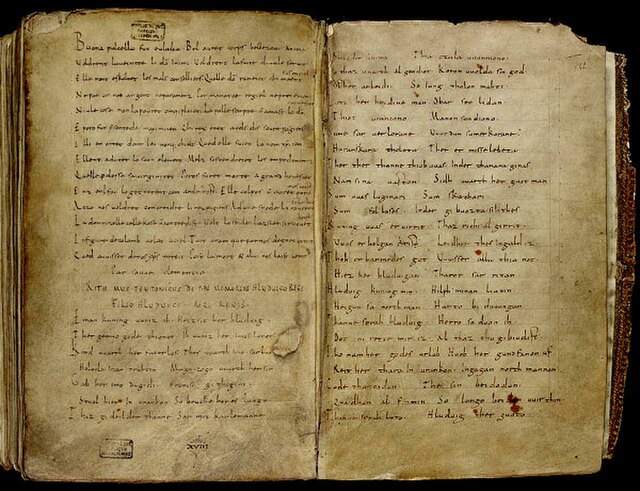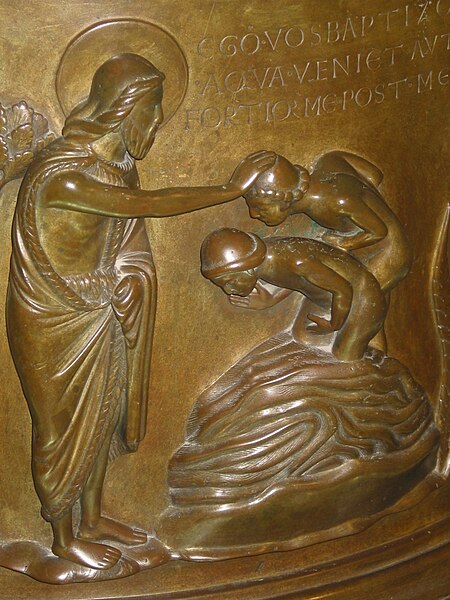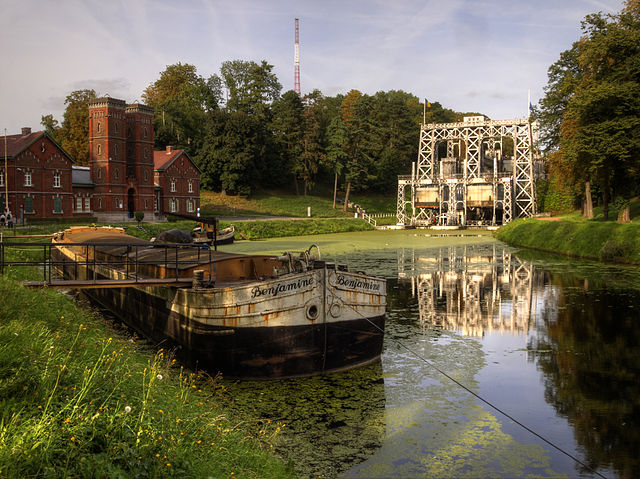The Sillon industriel is the former industrial backbone of Belgium. It runs across the region of Wallonia, passing from Dour, the region of Borinage, in the west, to Verviers in the east, passing along the way through Mons, La Louvière (Centre-region), Charleroi, Namur, Huy, and Liège. It follows a continuous stretch of valleys of the rivers Haine, Sambre, Meuse and Vesdre, and has an area of roughly 1000 km2.
Steelmaking along the Meuse at Ougrée, near Liège
Wallonia, officially the Walloon Region, is one of the three regions of Belgium—along with Flanders and Brussels. Covering the southern portion of the country, Wallonia is primarily French-speaking. It accounts for 55% of Belgium's territory, but only a third of its population. The Walloon Region and the French Community of Belgium, which is the political entity responsible for matters related mainly to culture and education, are independent concepts, because the French Community of Belgium encompasses both Wallonia and the bilingual Brussels-Capital Region but not the German-speaking Community of Belgium.
The Sequence of Saint Eulalia, the oldest surviving text written in what would become Old French, likely originated in or near Wallonia.
Baptismal font of Renier de Huy, an example of Mosan art and of medieval Walloon brass working expertise
The Lion's Mound commemorates the Battle of Waterloo, fought in present-day Wallonia. Belgium was united with the Netherlands following the Napoleonic Wars.
The boat lifts on the old Canal du Centre were first opened in 1888 and are now a World Heritage Site.





